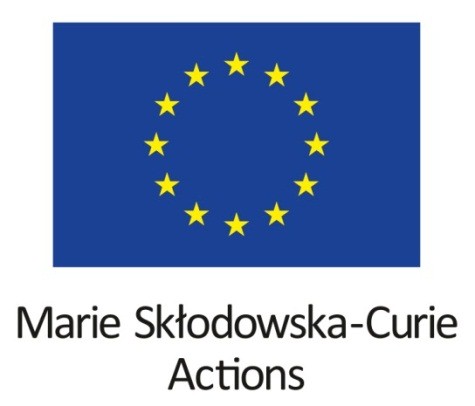
(March 8, 2018) - In the CAD WALK world, progress is becoming much more tangible now. In the past month, we have hit milestones, collected our equipment, and have begun testing out various aspects of our research protocol. At this point, we are almost ready to begin collecting data from patients and testing out our CAD WALK software. Let's take a look at how we got to this point.
CAD WALK Prototype: With the core algorithm behind CAD WALK being completed last month, we set to work developing the first software prototype of CAD WALK. This prototype was developed in MATLAB and will eventually be converted to a faster C/C++ program for distribution. To the left, you can view a walk-through of the software. The key contribution of CAD WALK appears early on in the video when the healthy estimate of the plantar pressure video is computed. We plan to publish the specifics of that contribution in a scientific journal, so I won't go into too much detail about it here, but if you're curious about it, I would recommend this related work by Kilian Weinberger and Gerald Tesauro. We are still fine tuning the CAD WALK algorithm, and making a few decisions about how we build up our model of the healthy population, so we expect the results in this video to improve over the coming months.
Data Collection: Our industry partner, rs scan, has graciously provided us with a 1.5 meter long pressure-sensing plate! The plate records pressures at 200 Hz, allowing us to make nice videos of a person's footstep as they walk over the plate. It is these videos that CAD WALK analyses in an attempt to identify abnormal walking patterns. Here's a picture of Dr. Keijsers trying it out:
It seems fairly straightforward to record pressure videos this way, but it is not as simple as it looks. Since CAD WALK tries to identify abnormal walking patterns, we have to make sure that the person walking over the plate is walking in a comfortable way. We don't want them changing the way they walk in order to accommodate the presence of the pressure plate. This concern is even more difficult to handle in CAD WALK since we will be using two pressure-sensing plates to collect our data: one is the 1.5 meter plate that Dr. Keijsers is walking on in the picture, and the other is an rs scan 0.5 meter pressure plate that you can see behind Dr. Keijsers in the picture. The shorter pressure plate records at 500 Hz, which gives us a higher resolution video of the footstep than the 1.5 meter plate which records at 200 Hz. We hope to use the shorter plate to collect our measurements for analysis and use the longer plate to measure walking speed. Unlike the shorter pressure plate, the long pressure plate gives us the ability to collect two footsteps in a row, allowing us to compute a person's walking speed as the distance between those footsteps divided by the time between the footsteps.
Unfortunately, using this two pressure plate setup is difficult. Not only do we want the patient to walk comfortably, but we also want the patient's whole foot to land on top of each of the pressure plates. To accomplish this goal, we will need some extra items that are shown in the photo above. First, we have rubberized mats to set around the pressure plates. These mats are the same thickness as the pressure plates, so using them gives the patient a level surface to walk across. Second, you'll notice red and blue cylinders. These are markers that we will place at the start and end points of the patient's walk in order to make sure the patient's feet always land on the pressure plates.

Miscellaneous Updates: Before we can begin measuring the foot pressures of patients, we have to, obviously, complete our ethics approval process. We are happy to report that this process is in its final stage. We sent our research protocol off to the medical-ethical review board this past week, and we expect a response from them within 3 weeks. We have also begun training our team of interns (the group in the background of the photo above) to help with the pressure measurement process. We fully expect to begin collecting data by the end of this month.
We have also continued our custom of public outreach with a grant writing session at the Marie Curie Annual Conference in Leuven, Belgium (see photo to the left). We extend a big thank you to the Marie Curie Alumni Association for inviting us to participate. In addition to sessions like these, we have recently purchased a camcorder with the idea of making a few YouTube videos. Keep an eye out for that in the coming months.
Up Next in March, 2018...
